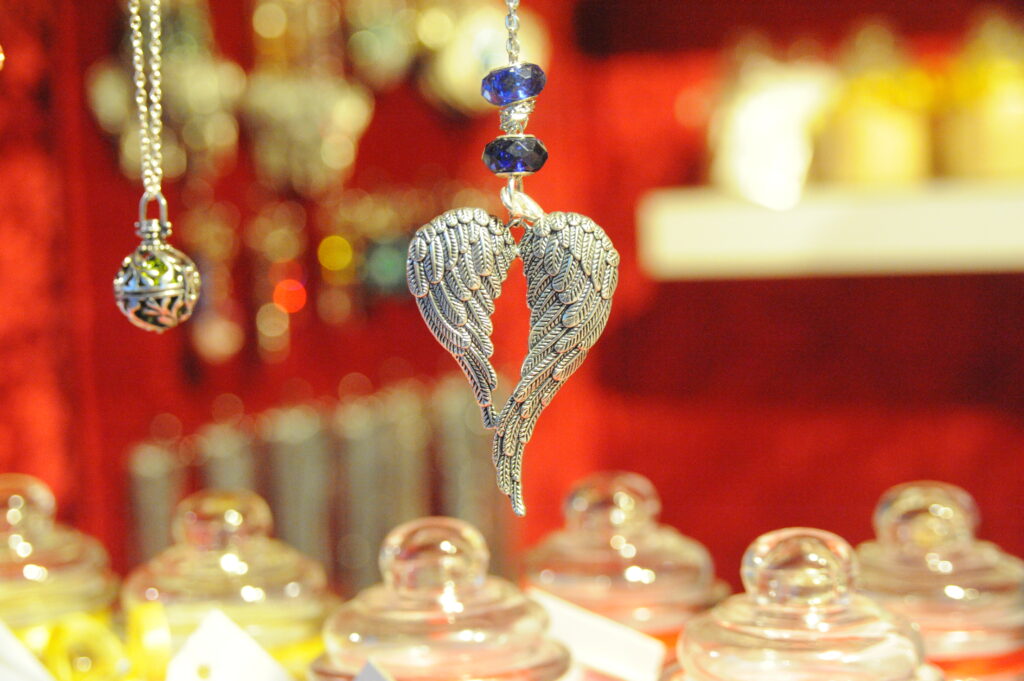History
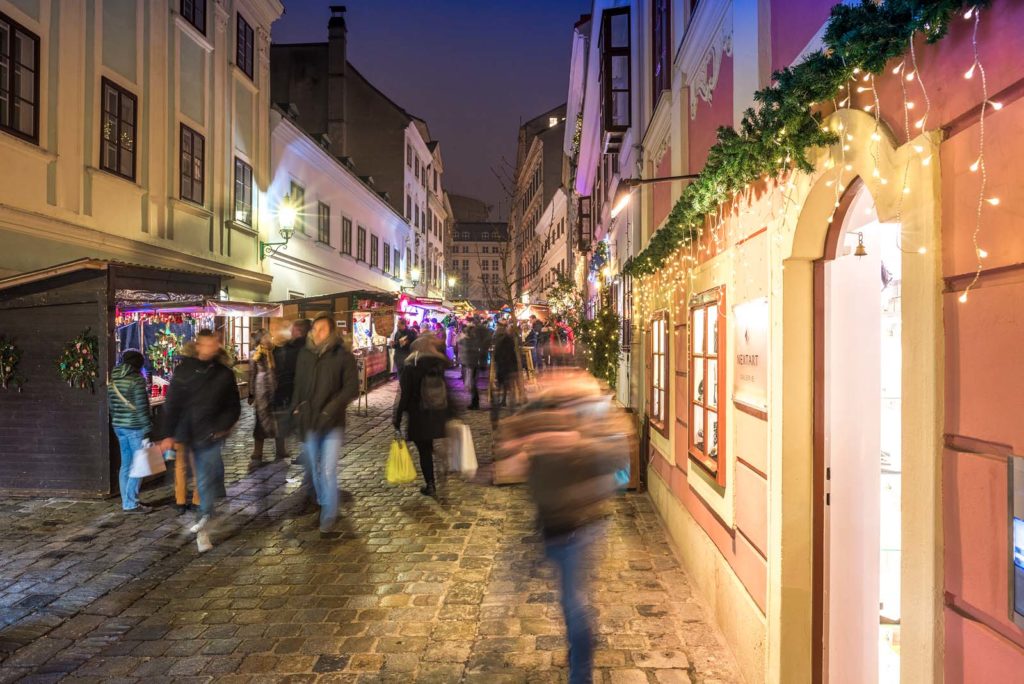
HISTORY OF SETTLEMENTS OUTSIDE VIENNA CITY WALLS
The border region of the terrain at the western edge of the broad glacis located in front of the city walls of Vienna and the owner gave Spittelberg its name.
The Viennese public hospital (Bürgerspital) owned the fields and vineyards here from 1525. The land was used to supply the hospital and patients. A small estate in the area of today’s Spittelberggasse was added in 1584. In the second half of the 17th century, Sigmund Christoph von Kirchberg acquired the land and had it divided into small plots in 1675 to create building land.
In the Line of Sight of Kara Mustafa
In the year 1679, the name “Krowotendörfl” is mentioned in documents for the first time. Most of the new settlers came from the regions of today’s Croatia and Slovenia. However, the joy with their new properties did not last very long. During the siege of Vienna by the Turkish armies of Kara Mustafa, Spittelberg was of great strategic importance due to its elevated position near the city. The early Baroque buildings were razed to the ground.
Redevelopment started around 1695 according to a grid plan with relatively small lots. There was no space for the home gardens common at the time. The plots were apparently cheap and quite desirable.
There were 120 houses in the district by 1720, which extended to today’s Neustiftgasse. The 1857 census taken 137 years later showed that there were hardly more. A total of 6376 people lived in 146 houses.
Entertainment and red light district
High density development had its disadvantages. Water shortages occurred often, and the hygienic and sanitary conditions were in some cases disastrous. From the end of the 18th century until the 20th century, Spittelberg with its multitude of pubs was also considered an entertainment and red-light district. Some of the ladies of the night achieved local fame. Even postcards were printed. Today you can buy miniature ceramics at Spittelberg, which deal with this aspect of history.
In the 19th century, some of the baroque buildings were replaced initially by late classicist buildings, and later by new buildings in the style of historicism. Nonetheless, the Baroque appearance was preserved, especially in Gutenberggasse and Spittelberggasse.
Inhabitants saved historical ensemble
In the second half of the 20th century, the substance of the historical buildings increasingly deteriorated.
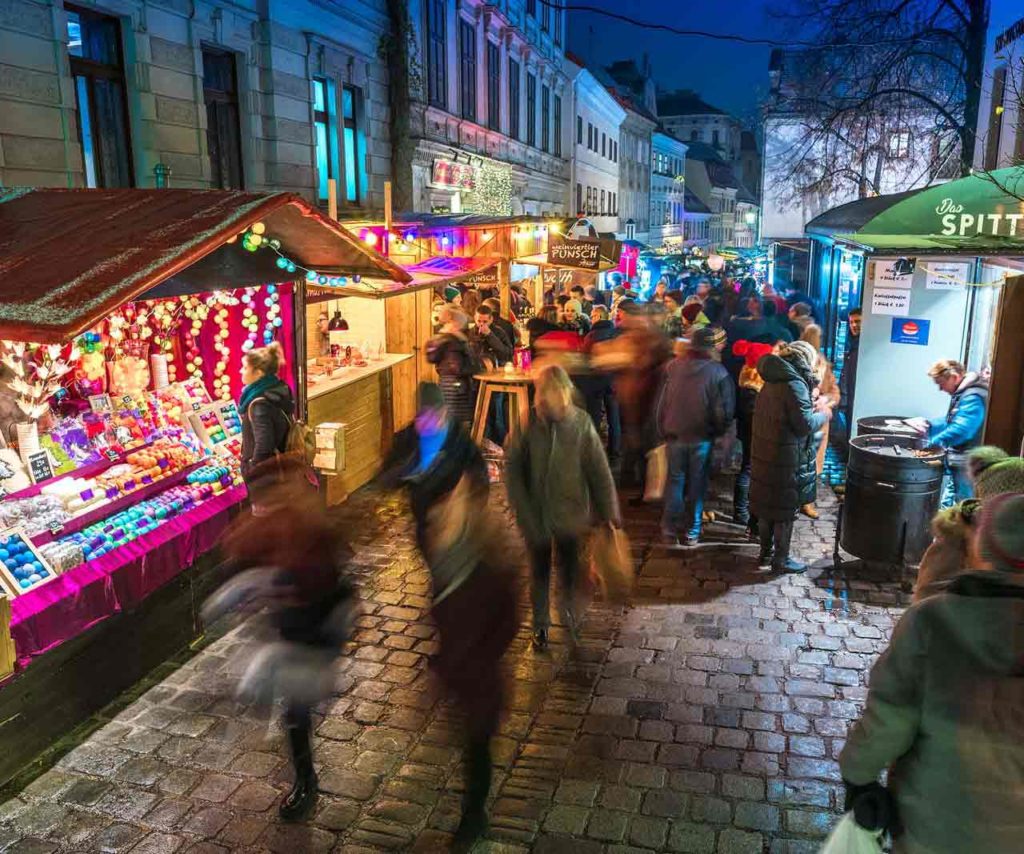
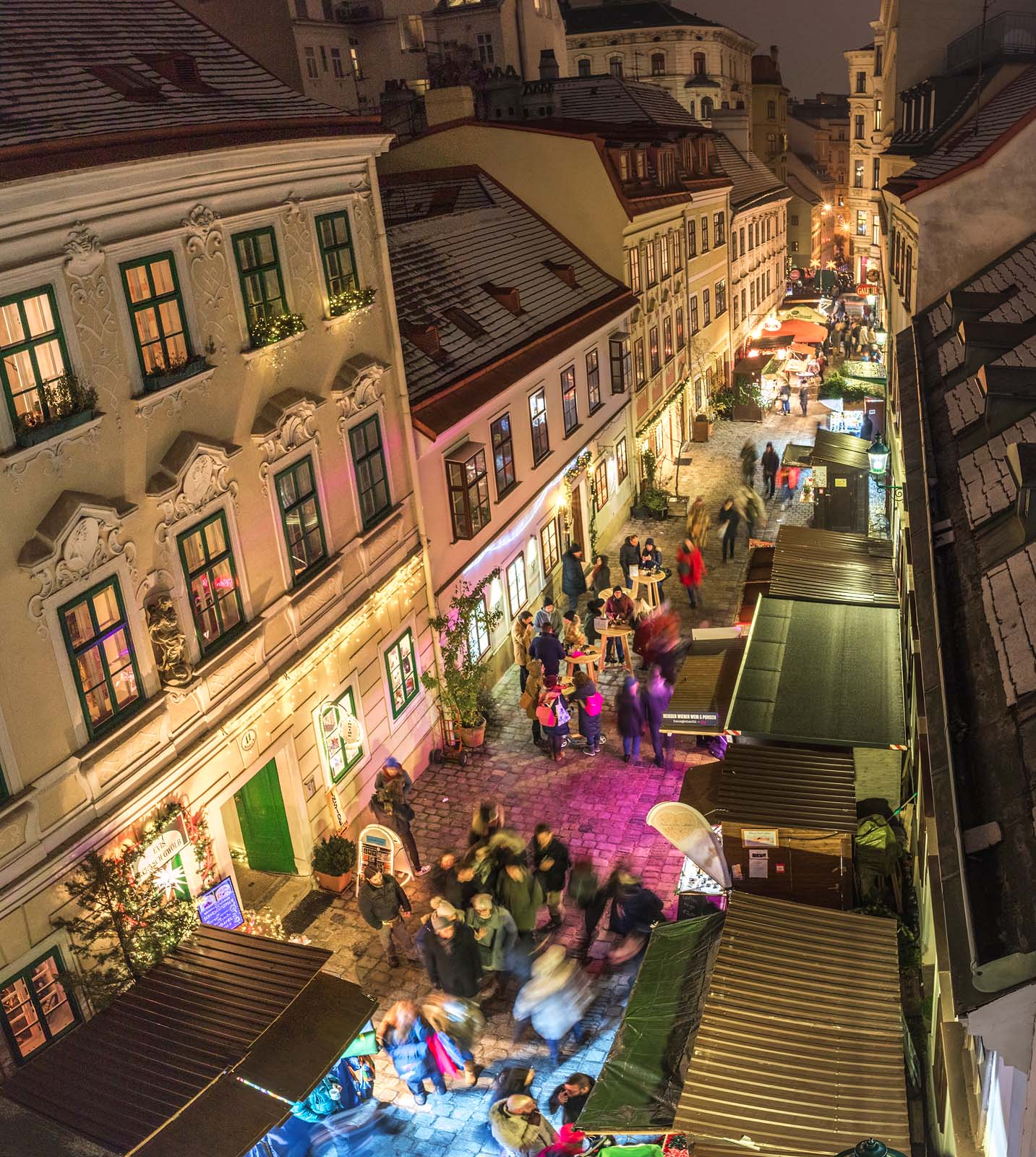
To make Spittelberg attractive again, there were deliberations in the 1970s to raze the entire neighborhood and rebuild it. With a large car-friendly shopping center. The persistent resistance of the local population and the arts and cultural community prevented the demolition and saved this unique historic ensemble.
Today, Spittelberg is a very lively neighborhood with a very mixed residential population and a variety of pubs, small shops and studios.
More information is available on the website of the local museum (Bezirksmuseum Neubau)
